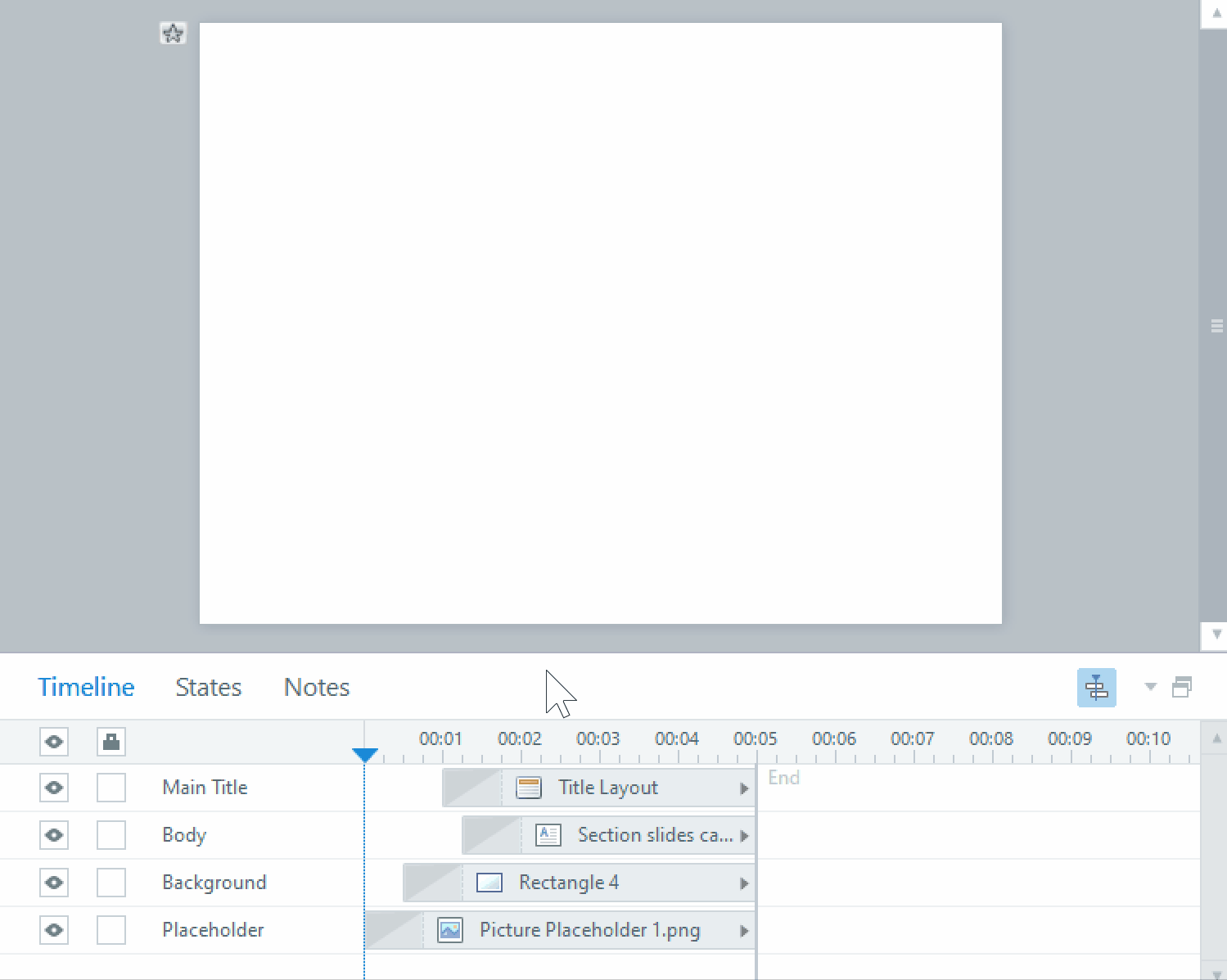Common Issues with Instructional Design
So you need to adapt a bunch of content into an eLearning course. It’s easy to make some mistakes that will make things more difficult for your programmer or learners. Here are a few pitfalls of instructional design to avoid.
Putting too much content on one screen

Here we have a storyboard slide that incorporates both content and an activity. However, there is hardly any space to arrange the activity content, which was intended to be a matching drop-down. This was better off programmed as two slides, one with the information, followed by the activity to reinforce the content of the previous slide.


Not dividing up content into clear sections
ID storyboards come in many formats and styles, and while any and all of them can be eventually programmed into an eLearning, some are more challenging than others. Sometimes, storyboards come in the form of an extended table with columns for each type of content that is supposed to appear in the elearning. However, this type of format often fails to specify how many rows constitute one slide or one scene and when the user is expected to select Next to continue to the next slide.
Forgetting about the UI
It’s easy to get caught up in trying to translate a manual or some other very wordy content into a more interactive format, but don’t forget about the features around the elearning to help your learner access the module. For instance, will there be a menu, and can any part of your elearning be accessed at any time? Is the user required to click through all the options on a screen before continuing? Working out these decisions in advance will help you set up your programmer for success.
Inconsistent terminology
Keeping your instructions and navigation consistent is very important for helping learners be comfortable working through your eLearning, especially when there are multiple parts or modules to your program. If you standardise common instructions, your learners won’t have to parse if there is a difference between ‘Click Next to continue’ in one module and ‘Select Next’ in another.
For more on great instructional design or help on improving your current instructional design for programming, contact us at http://www.pathwaystrainingandelearning.ca/
















